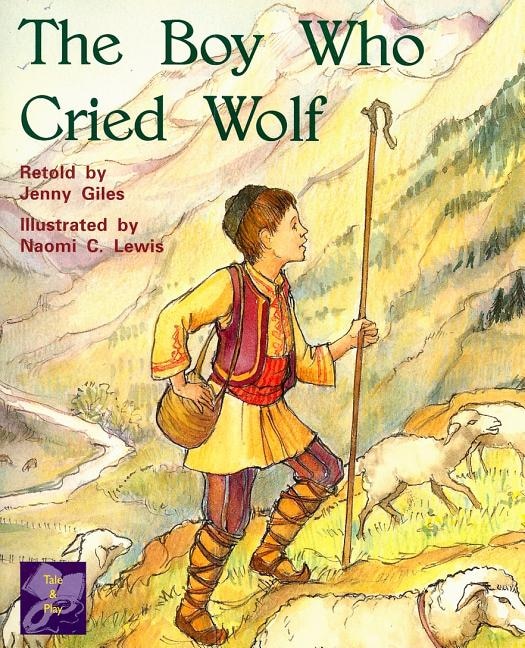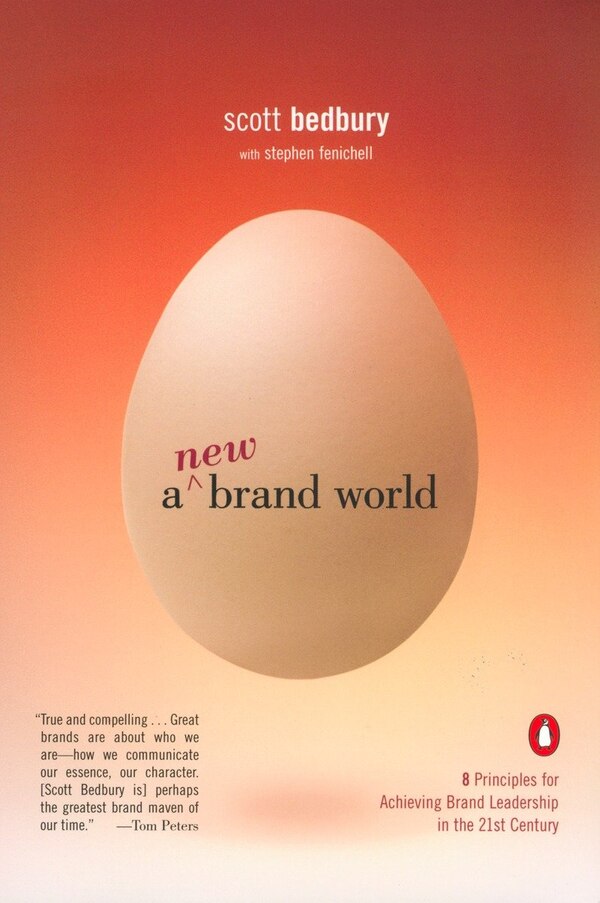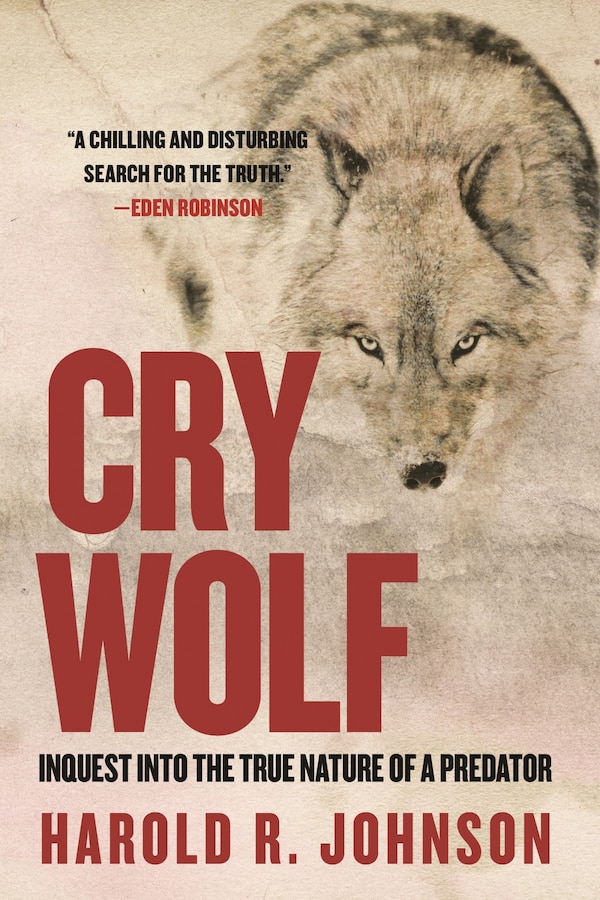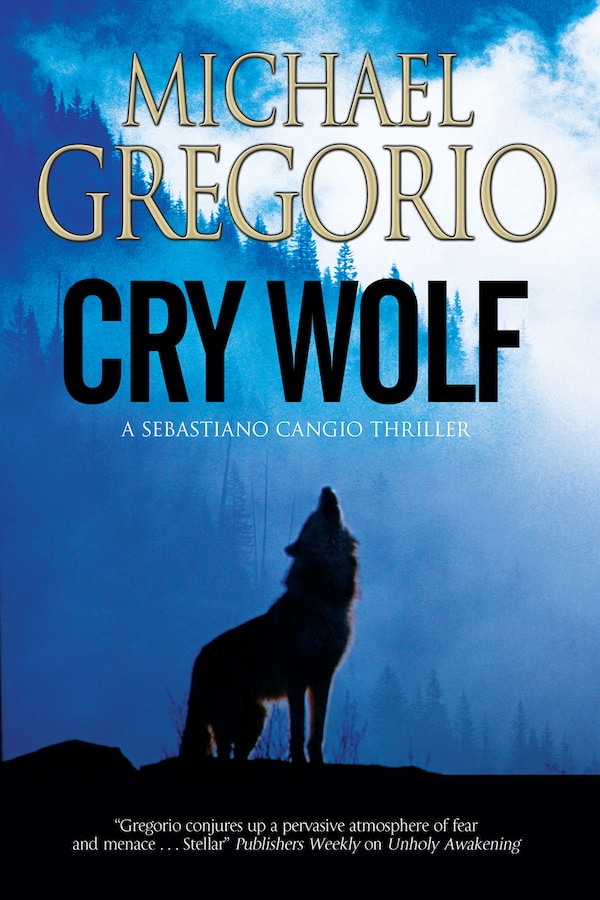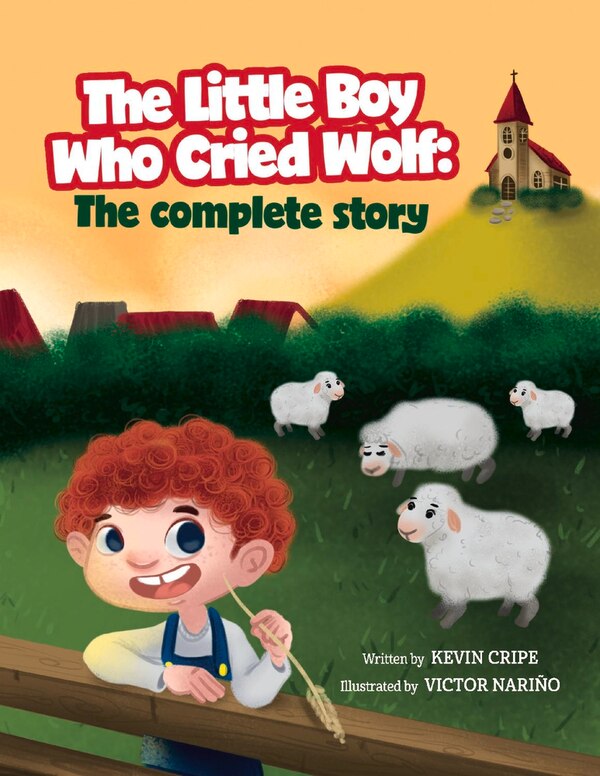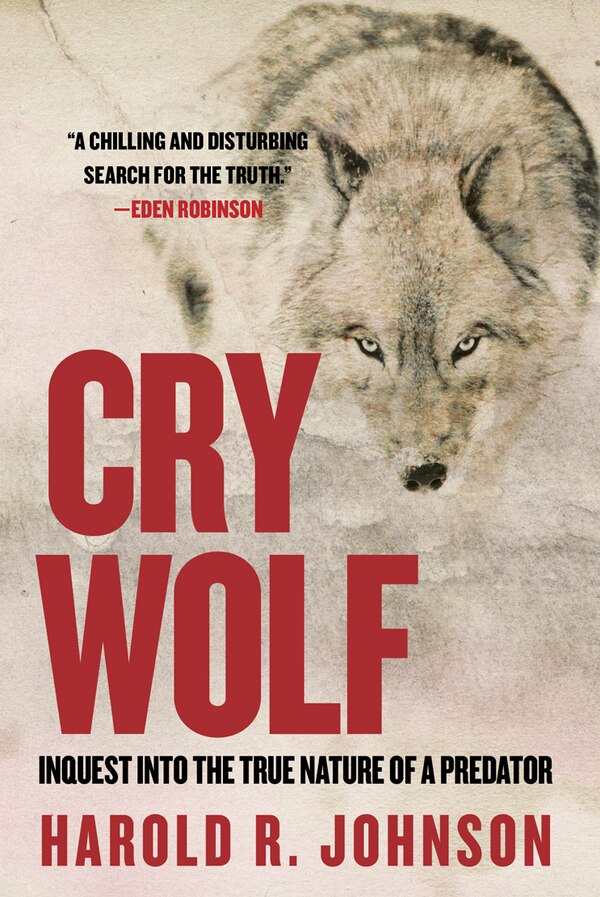Home
The Brand Who Cried Wolf by Scott Deming, Paperback | Indigo Chapters
Loading Inventory...

The Brand Who Cried Wolf by Scott Deming, Paperback | Indigo Chapters
From Scott Deming
Current price: $36.00


From Scott Deming
The Brand Who Cried Wolf by Scott Deming, Paperback | Indigo Chapters
Current price: $36.00
Loading Inventory...
Size: 1 x 1 x 13
*Product information may vary - to confirm product availability, pricing, shipping and return information please contact Coles
PRAISE FOR THE BRAND WHO CRIED "WOLF" "Powerful brands command. Read this insightful book and allow Scott to share how to make your brand stand out and deliver you buckets of money!" —Mark Victor Hansen, bestselling author of the Chicken Soup for the Soul(r) series "Deming's approach to branding is not about gimmicks. It's about relationships-the real formula for building and sustaining your brand and your business." —Rieva Lesonsky, Editorial Director, Entrepreneur magazine "It doesn't matter what you sell. We're all selling service. Deming's book shows businesses of all sizes how to create incredible brand power through innovative service levels. The Brand Who Cried Wolf will not end up on your book shelf; it will stay in your briefcase or on your desk as a daily reference guide. If you want to grow your business, get this book!" —John Valletta, President, Super 8 Motels "Deming's revelations on creating an emotionally engaging experience between you and your customer are without equal!" —Joel Bauer, bestselling coauthor of How to Persuade People Who Don't Want to Be Persuaded "The Brand Who Cried Wolf explains how every customer interaction, large or small, impacts your brand's image and reputation. This is an easy-to-read book— veryone in your organization needs to own." —Patrick Sweeney, coauthor of the New York Times bestseller Succeed on Your Own Terms; cohost of the nationally syndicated radio show Winning in Business "Deming delivers an essential message to businesses and delivers in a way you won't forget. You know the fairy tales, just adapt it to your unique brand: you!" —Wayne Kandas, CFP and host of nationally syndicated Bloomberg Radio "Stories sell, and that's what helps sell the ideas in this brilliant book. If you're in business-any business-you need this book. Get it now!" —Robert G. Allen, bestselling coauthor of Cracking the Millionaire Code; CEO of The Enlightened Millionaire Institute Chapter 8: Just Call Me Slick! People Really Hate to be "Sold" What We’ve Accomplished So Far By now you know that branding is not exclusively about business identity in the form of a logo or advertising. You might recognize the Nike brand from its iconic swoosh logo. You might immediately think of McDonald’s when you think of fast food because McDonald’s commercials are ubiquitous, but by this point, you know that icons and awareness do not constitute a brand. You also know that big businesses are not the only brands. Your business does not have to be the size of GM, Microsoft, AOL Time Warner or Wal-Mart. Your business could be run out of your home with you as the sole employee. You could conduct business from a small office with a single assistant, or in a store with several employees. The size, scope, and location of your business does not change the fact that it’s a brand, nor should any of these factors truly impact your brand if you’re focusing on one-on-one relationships. Businesses are not the only brands, either. Every individual is a brand, as are organizations from non-profits to political parties to social clubs. For example, the Gates Foundation, the Red Cross, UNICEF, Make-A-Wish Foundation, Boy Scouts, Girl Scouts, Kiwanis Clubs, Rotary Clubs, Republican Party, and Democratic Party — all are brands. The concept of branding I’ve been articulating is personal, which means everyone needs to develop one. Each category — from individuals to organizations to businesses large and small — brings with it its own brand development challenges. At the same time, however, these challenges are minimized when you understand your brand identity. Throughout this book, I have written about creating unique and memorable experiences for your customers. Chapter 2 defined a brand in terms of establishing relationships with your customers. Chapter 3 distinguished between types of experiences you can generate for your customers, and differentiated a brand experience from ones that are merely transactional or simply meet customer expectations. Chapter 4 highlighted the importance of changing your perspective to adopt your customer’s point of view, rather than emphasize your product or service. Chapter 5 analyzed the results of changing your perspective. Chapter 6 admonished you to avoid overstating your own worth. Finally, Chapter 7 focused on the ripple effects of your actions. Thus, most of | The Brand Who Cried Wolf by Scott Deming, Paperback | Indigo Chapters


